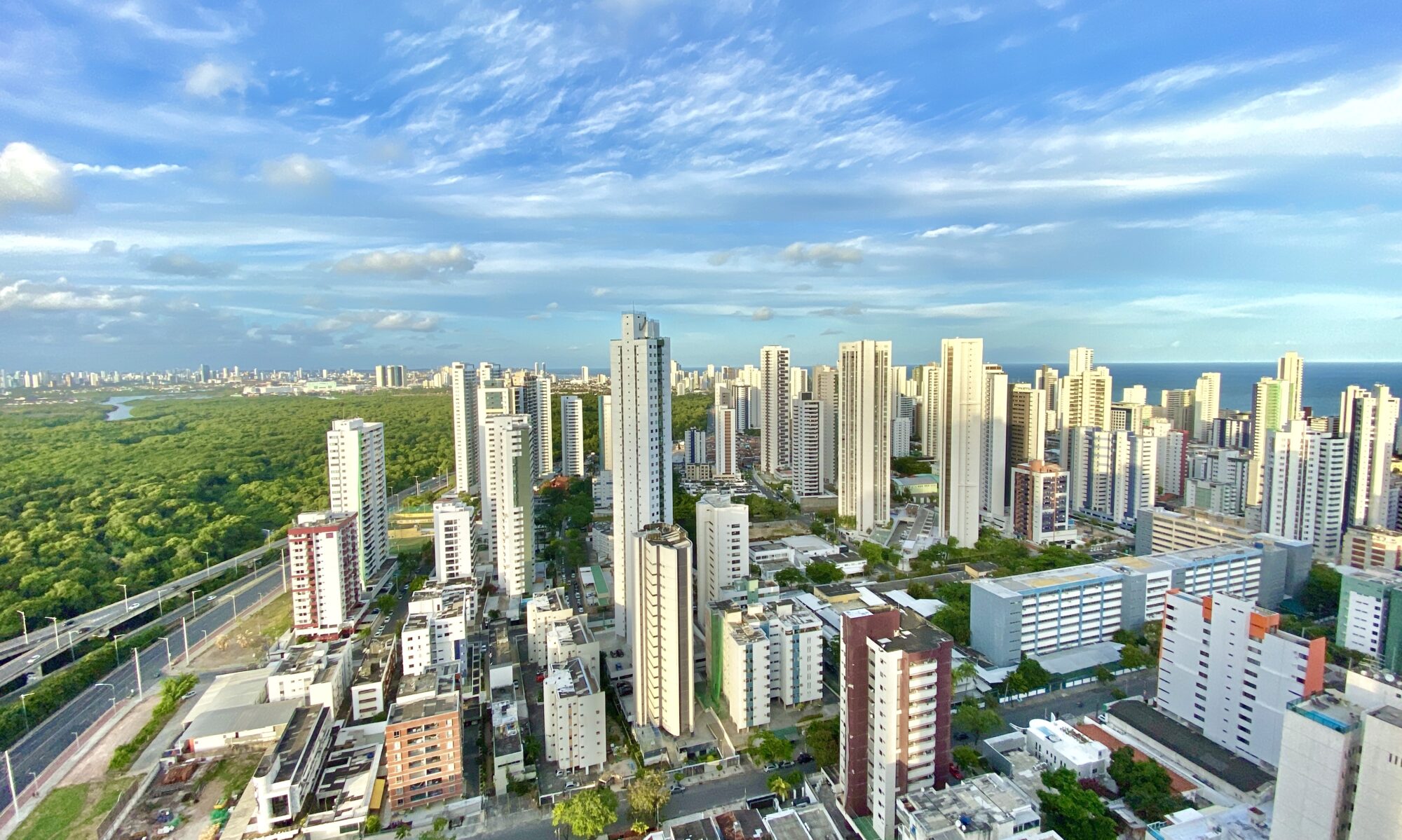Rio Branco, the capital of the state of Acre, is built on the river Acre and has strong indigenous influences, as well as those from the North East region of Brazil. It is the starting point for green tourism in the area, and is surrounded by rubber and Brazil nut forests. Like the rest of the region, the city has been spared the worst excesses of pollution, and is eclectic not only in the mixture of its peoples, creeds and customs, but also in its architecture. Old and new join together in its squares, museums, public buildings and parks.
This mixture can be seen in the cathedral of Nossa Senhora de Nazaré, built in 1959 in the style of a Roman basilica, in the Igrejinha de Ferro, a chapel made of iron plates, and in the Rio Branco Palace, with its Ionic columns resembling a Greek temple. To discover more about the extraction of latex and the harvesting of Brazil nuts, a visit to the Casa do Seringueiro is worthwhile. This museum also has a reproduction of the house of Chico Mendes and some of his personal possessions. A demonstration of the many uses of rubber, from toys to shoes and bags, is on display at the Museum of Rubber, which also contains some prehistoric fossils.
A visit to a rubber forest is also recommended. There is a half natural, half cultivated forest about 35 kilometres from Rio Branco. The extraction process begins at dawn, when the rubber tappers make cuts in the trees and fix gourds or containers to the trunks to catch the flow of latex. In the afternoon they collect the latex and prepare the rubber for further use.
The capital of Acre received its name as a tribute to José Maria da Silva Paranhos, the Baron of Rio Branco, the Brazilian Foreign Minister who in 1903 succeeded in resolving the dispute between Brazil and Bolivia over the territory of Acre by diplomatic means.


